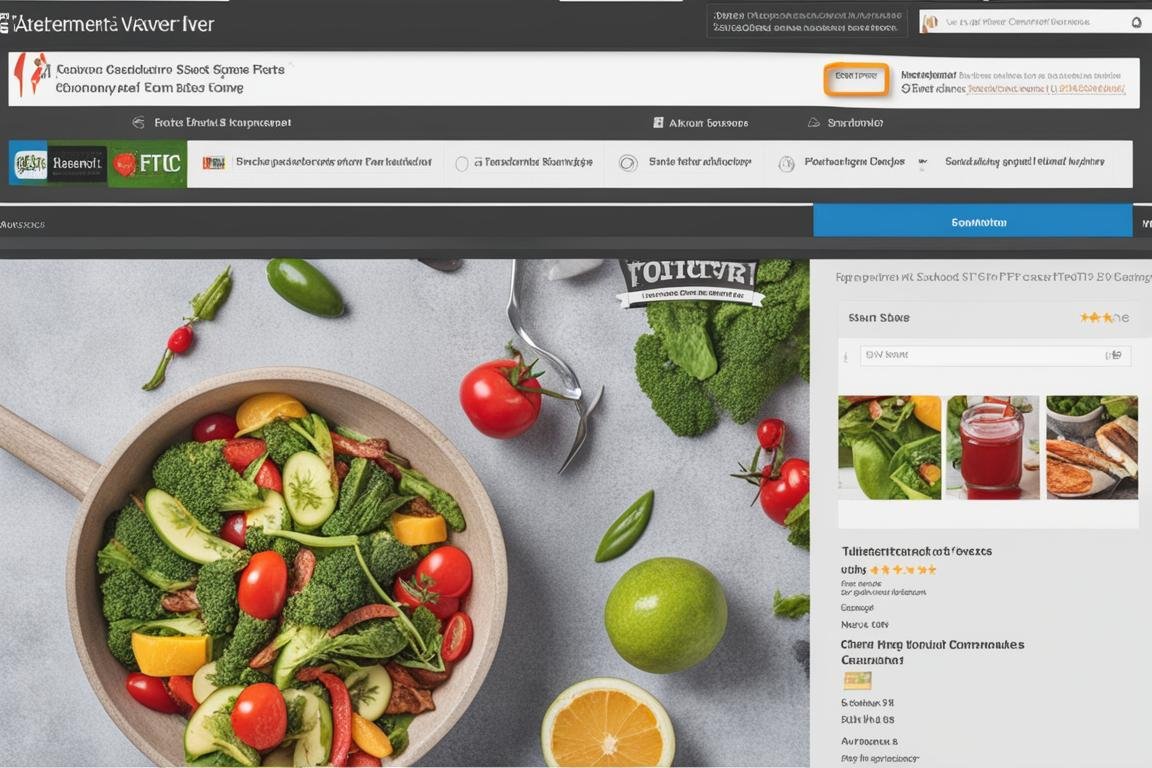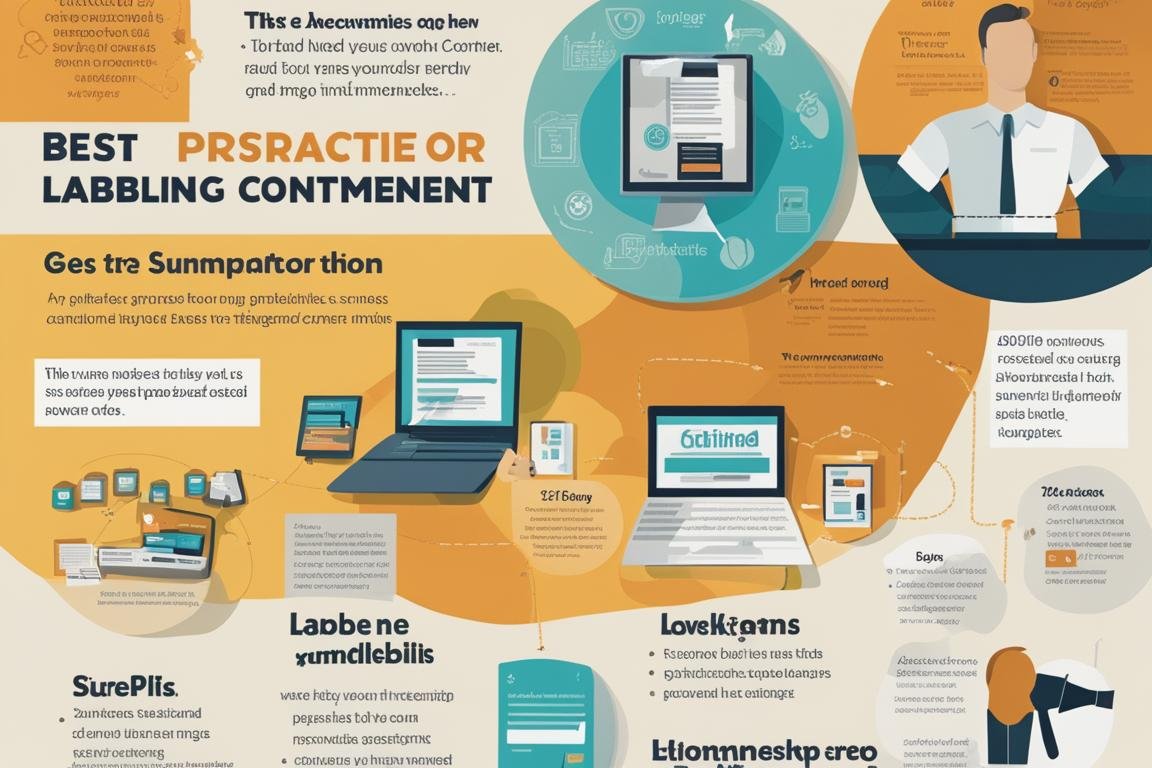In the labyrinthine world of digital marketing, sponsored content has emerged as Theseus’ thread leading brands through the maze to the coveted Minotaur of consumer attention. There’s a fine line, however, between adeptly navigating this path and losing oneself in the shadows of mistrust and confusion. And it all hinges on claritymaking sure your sponsored content is labeled with the transparency of a crystal-clear pool in the Grecian sun.
5 Best Practices for Sponsored Content
The alchemy of successful sponsored content lies in its ability to blend seamlessly into the fabric of the platform it inhabits, whilst wearing a badge of sponsorship as proudly as a knight would bear his coat of arms. Anything less is a disservice to the audience and a disrepute to the brand.
1. Transparency is Non-Negotiable
The cornerstone of trust is transparency. When I first waded into the waters of sponsored content, I learned that the fastest way to sink is to obscure the nature of your content. The Federal Trade Commission (FTC) isn’t just a regulatory body; it’s the guardian of consumer trust. Their guidelines are clear: if content is sponsored, say so. And don’t just whisper it; make it as conspicuous as the brand logo on a NASCAR racer.

Insider Tip: Place a clear disclosure above the fold, so users don’t have to scroll to learn the content’s sponsored nature. It keeps you in the FTC’s good graces and maintains audience trust.
2. Consistency is Key
In my experience, consistency in labeling is akin to a brand’s signatureit should be distinct and recognizable across all content. Whether it’s a tag, a hashtag, or a straightforward declaration, maintaining a uniform approach prevents confusion. It’s like a trusted friend who greets you the same way, whether you’re at a coffee shop or a cocktail party.
Insider Tip: Create a style guide for sponsored content disclosures. It helps maintain uniformity across various platforms and pieces, ensuring your audience always knows what to expect.
3. Education is Empowerment
Once, while scrolling through a feed, I stumbled upon a post so cleverly disguised as organic content that it took me a momentand I’m a professional in the fieldto spot the sponsorship. It’s not enough to just label content; we must educate our audience on what that label means. A well-informed consumer can distinguish between sponsored and non-sponsored content, just as a sommelier can discern the notes of a fine wine.
Insider Tip: Occasionally share posts or stories explaining the nature of sponsored content and why it’s essential to label it. Education fosters trust.
4. Contextualize Your Content
Imagine a jigsaw puzzleeach piece has its place. Sponsored content should fit into the broader context of your brand’s narrative and the platform it’s on. It shouldn’t stick out like a sore thumb. Labeling it clearly helps the audience understand that the piece, though paid for, belongs in the picture.
Insider Tip: When creating sponsored content, consider how it aligns with your overall content strategy. This synergy between paid and organic content can enhance brand authenticity.
5. Engage with Honesty
There’s a reason why storytellers of yore were revered: they spun tales that resonated with truth. Even in sponsored content, authenticity is the golden fleece. It isn’t enough to label content; it must also speak with an honest voice. I’ve seen brands triumph by sharing genuine stories, even within the framework of sponsorship.
Insider Tip: Engage with your audience through sponsored content that tells a real story. Its the honesty that turns viewers into loyal followers.
Sponsored Content Best Practices: A Recap
The essence of these best practices is to make sure that your sponsored content is as clear as daylight. Label it openly, maintain consistency, educate your audience, integrate it contextually, and engage with authenticity. This isn’t just about following the rules; it’s about respecting your audience enough to be honest with them.

Ready to Get Started?
You’re now armed with the essentials to craft sponsored content that shines with the luster of transparency. Remember, it’s not just about meeting legal requirements; it’s about building and maintaining the invaluable currency of trust with your audience.
As you embark on this journey, consider exploring related avenues such as display advertising, affiliate marketing, and leveraging YouTube marketing to further enhance your brand’s digital presence. Employ content marketing strategies to weave a rich tapestry that envelops your sponsored content, making it part of a larger, engaging narrative.
For those ready to take the plunge, online public relations and brand awareness efforts can be bolstered by well-labeled sponsored content. And if you’re looking for innovative frontiers, in-game advertising and online behavioral advertising present exciting opportunities to explore.
The future of sponsored content is luminous for those who choose clarity over concealment. As you stride forth, let your sponsored content be a beacon, clearly labeled and shining bright, guiding your audience to the trust and engagement that lie at the heart of all successful digital marketing endeavors.
Questions & Answers
Q. What is sponsored content in digital marketing?
A. Sponsored content in digital marketing is when a brand pays to have its content promoted on a third-party platform.
Q. How does sponsored content benefit digital marketers?
A. Sponsored content allows digital marketers to reach a wider audience and leverage the credibility of the platform hosting the content.
Q. Who can create sponsored content in digital marketing?
A. Any brand or individual with a budget for advertising can create sponsored content in digital marketing.
Q. What if my audience doesn’t trust sponsored content?
A. Transparency and authenticity are key. Clearly labeling sponsored content and providing valuable information can help build trust.
Q. How can I measure the success of sponsored content?
A. Digital marketers can measure the success of sponsored content through metrics like reach, engagement, and conversion rates.
Q. What are some best practices for creating sponsored content?
A. It’s important to align the sponsored content with the audience’s interests, provide genuine value, and comply with advertising regulations.
